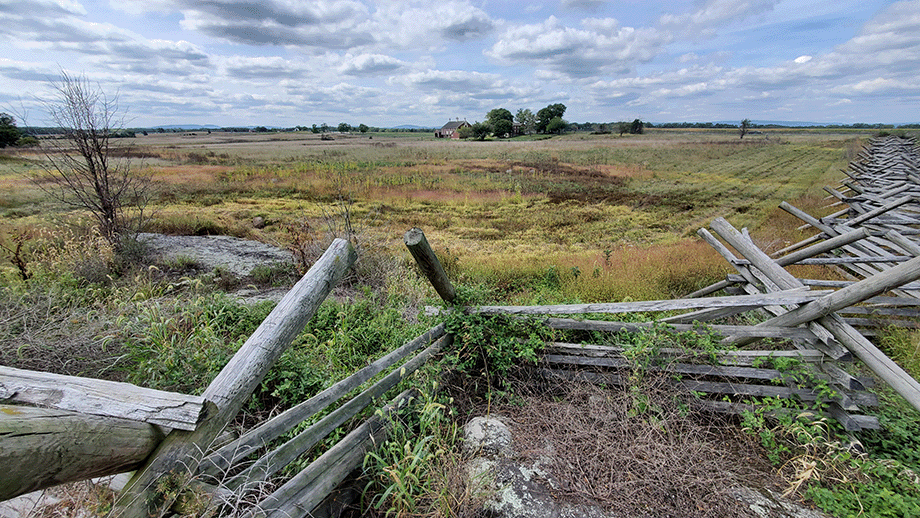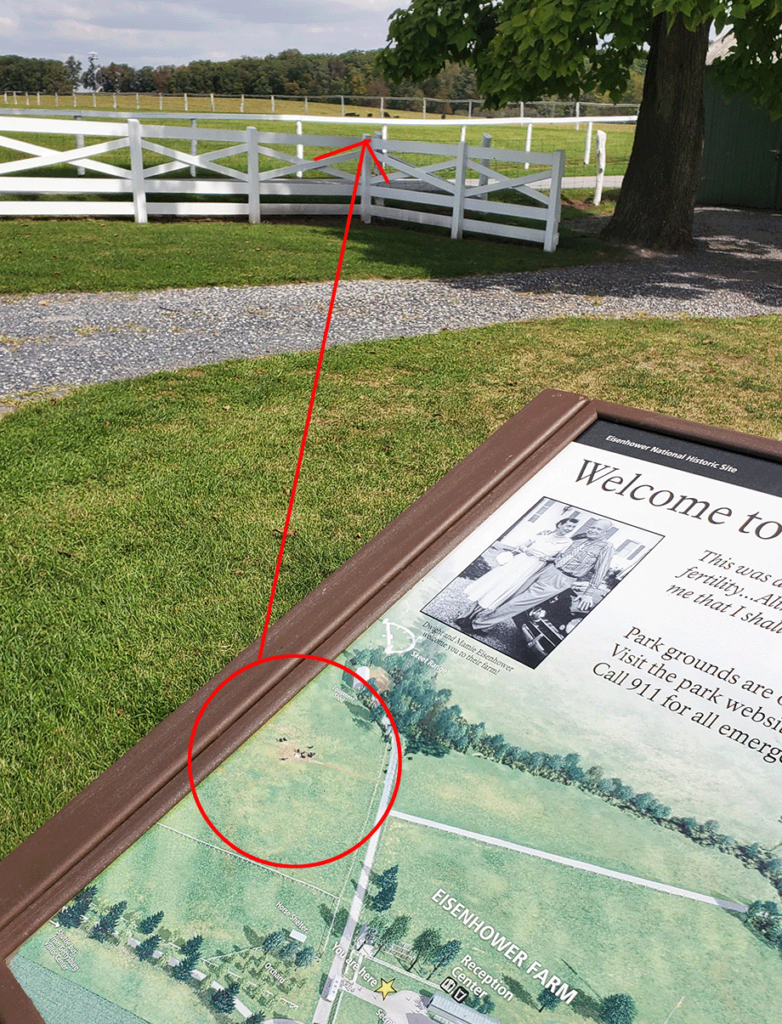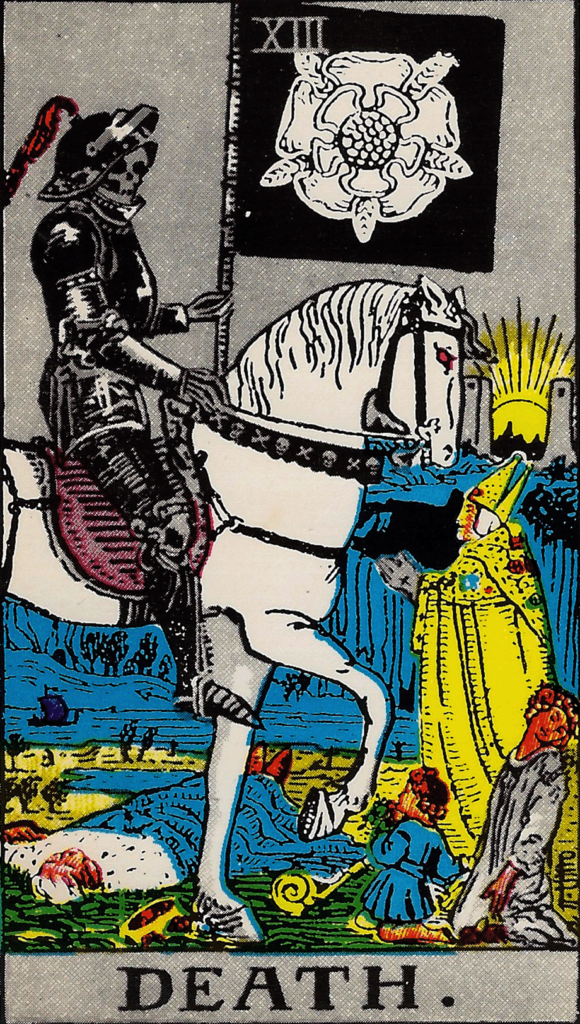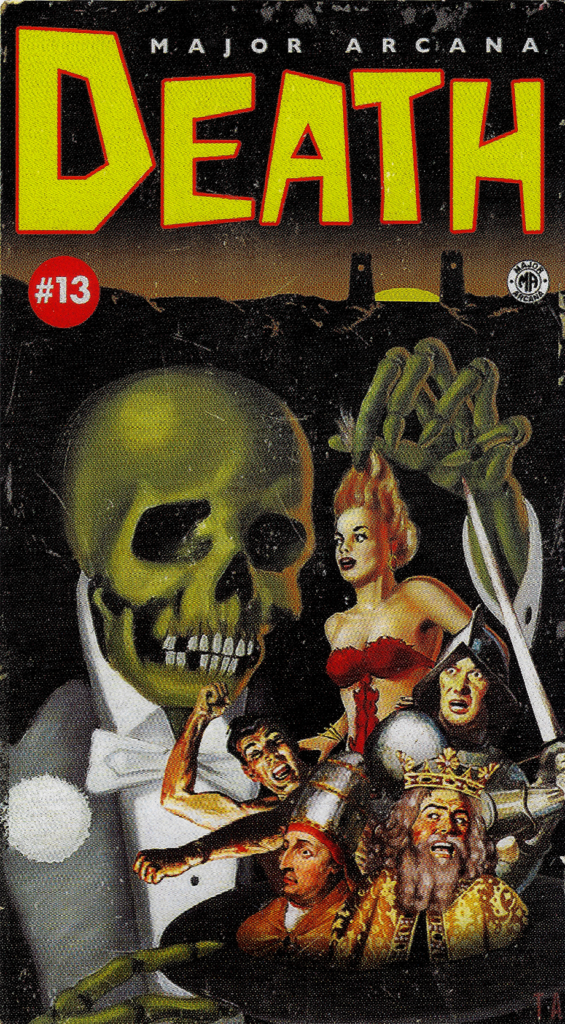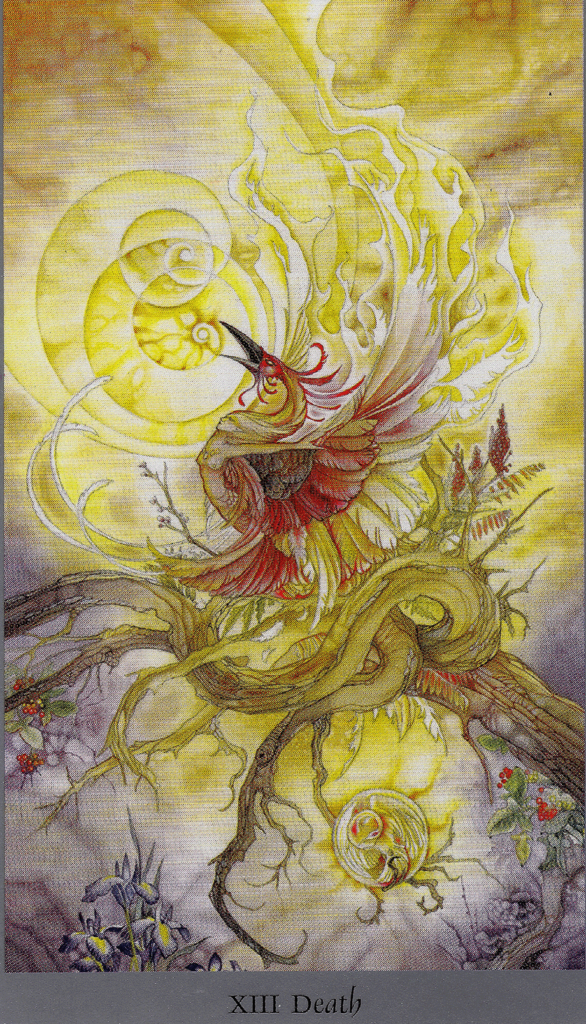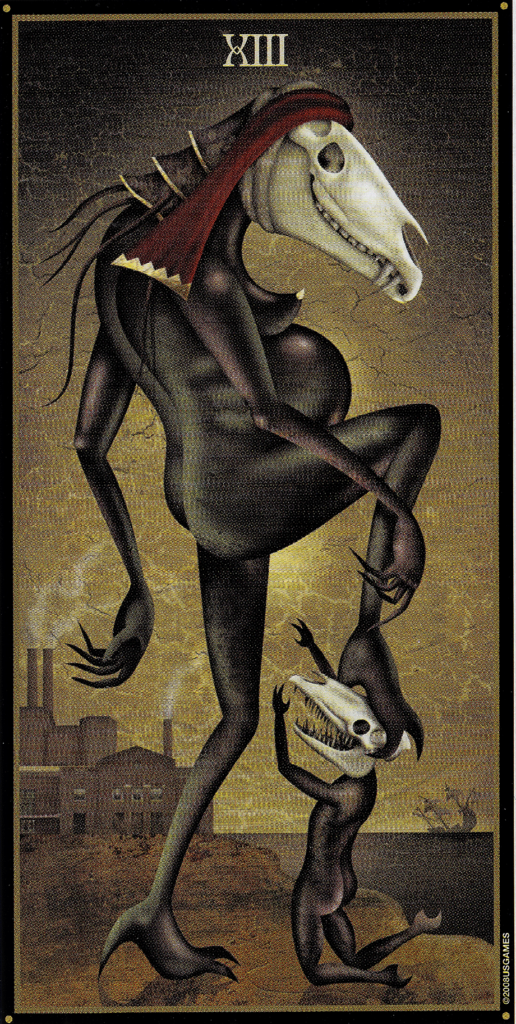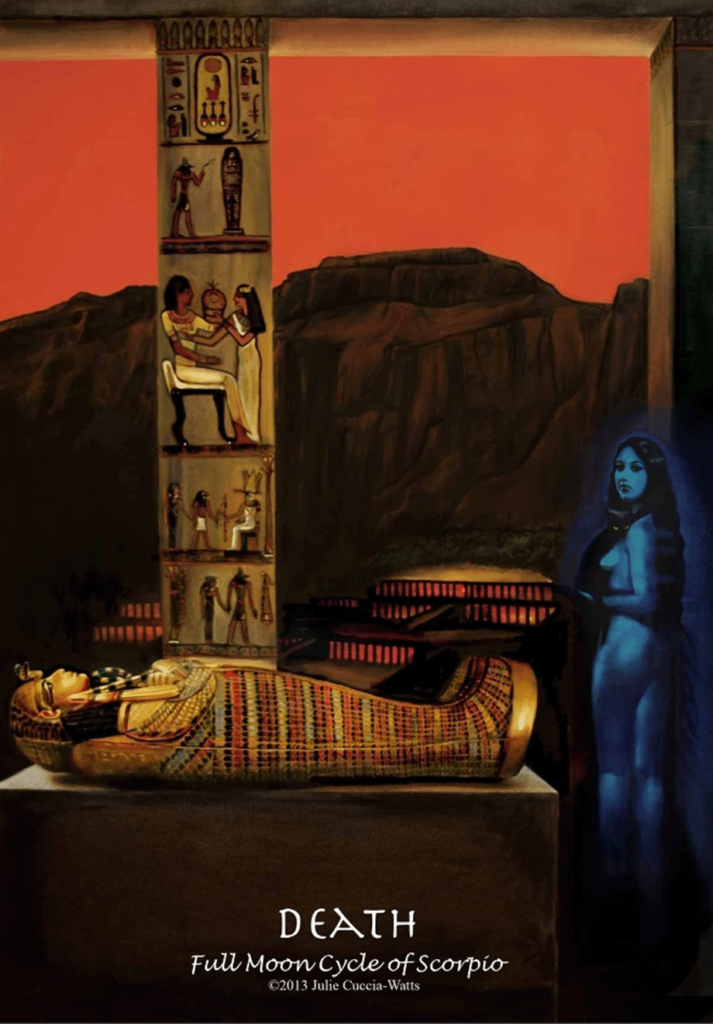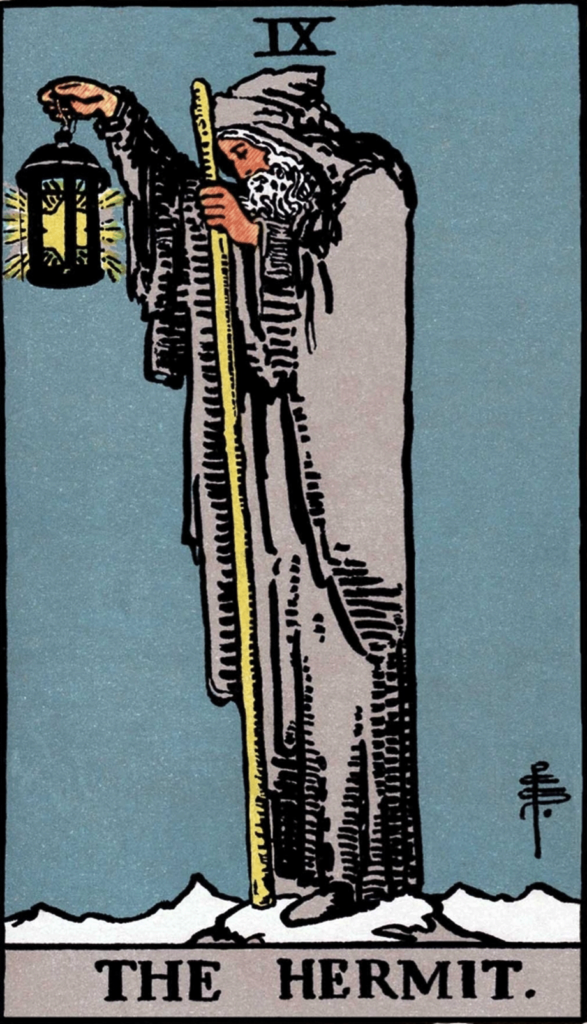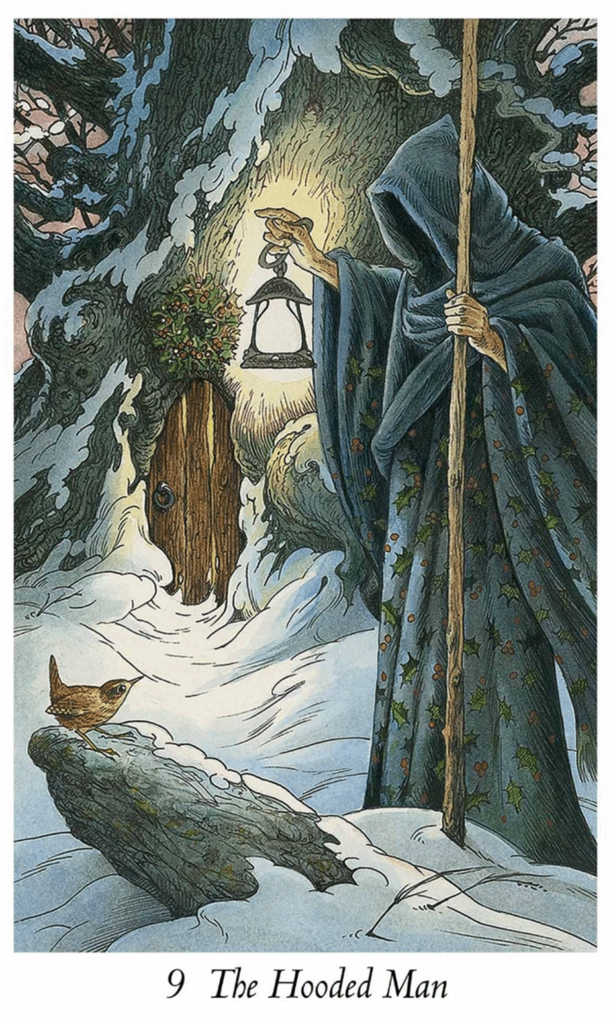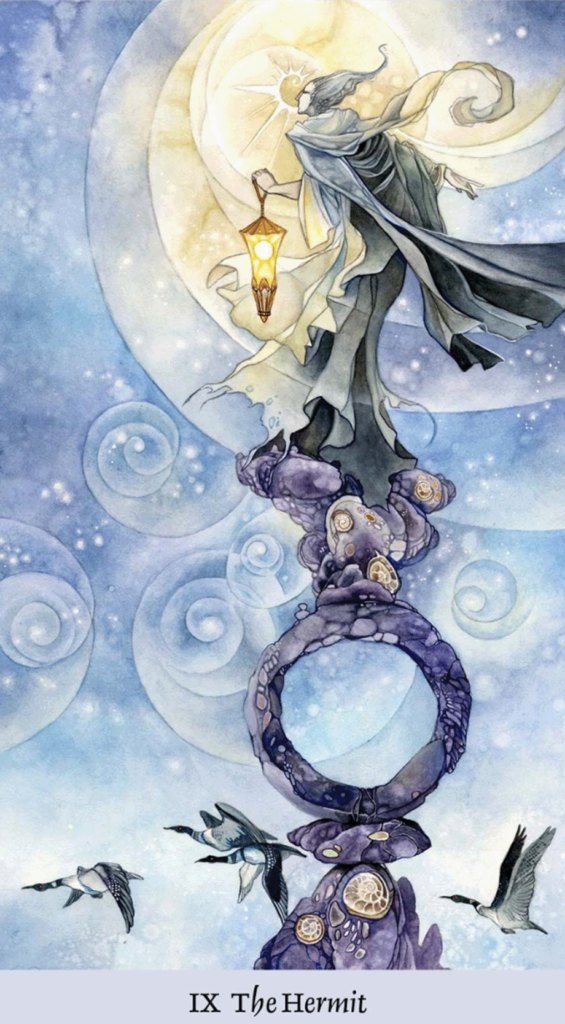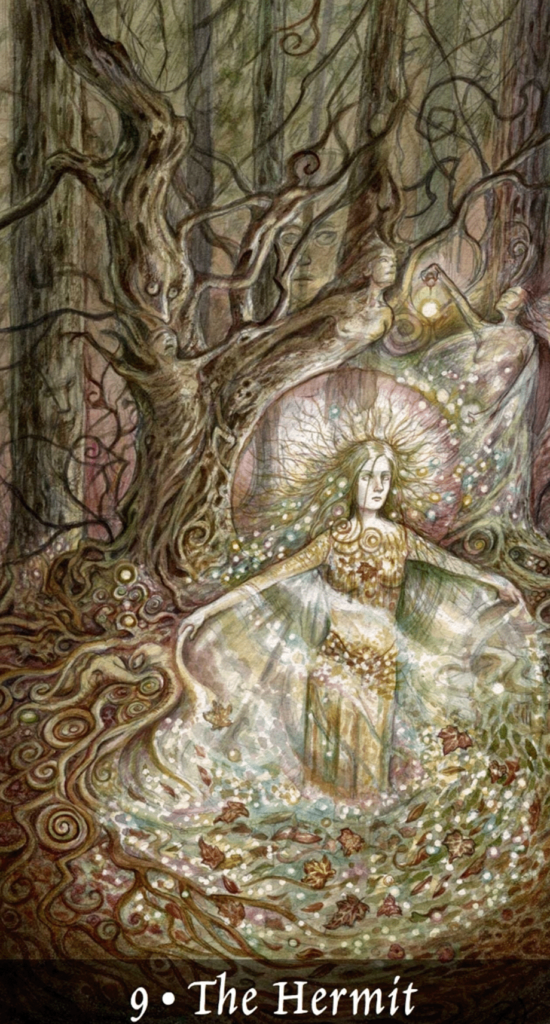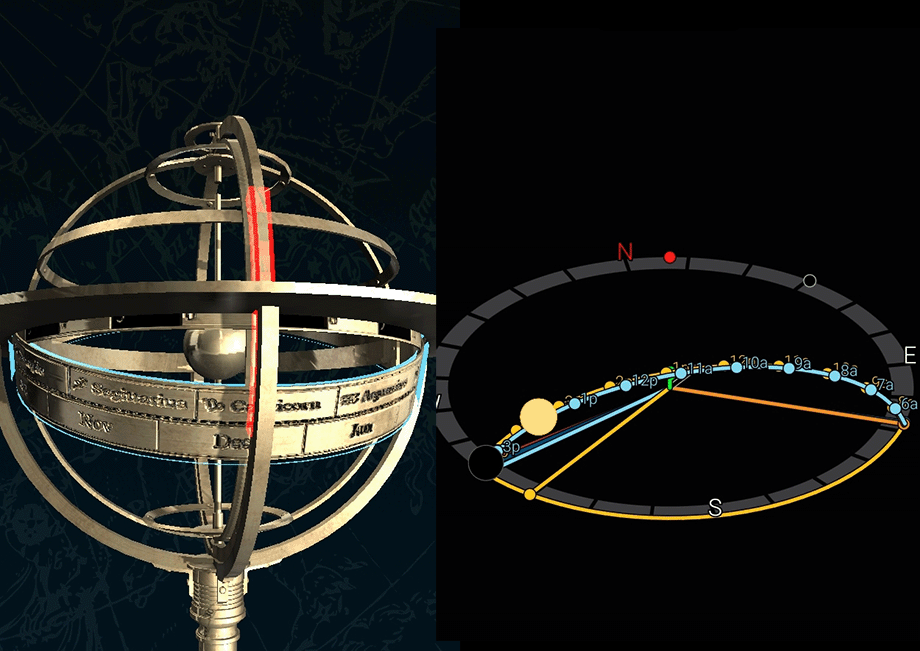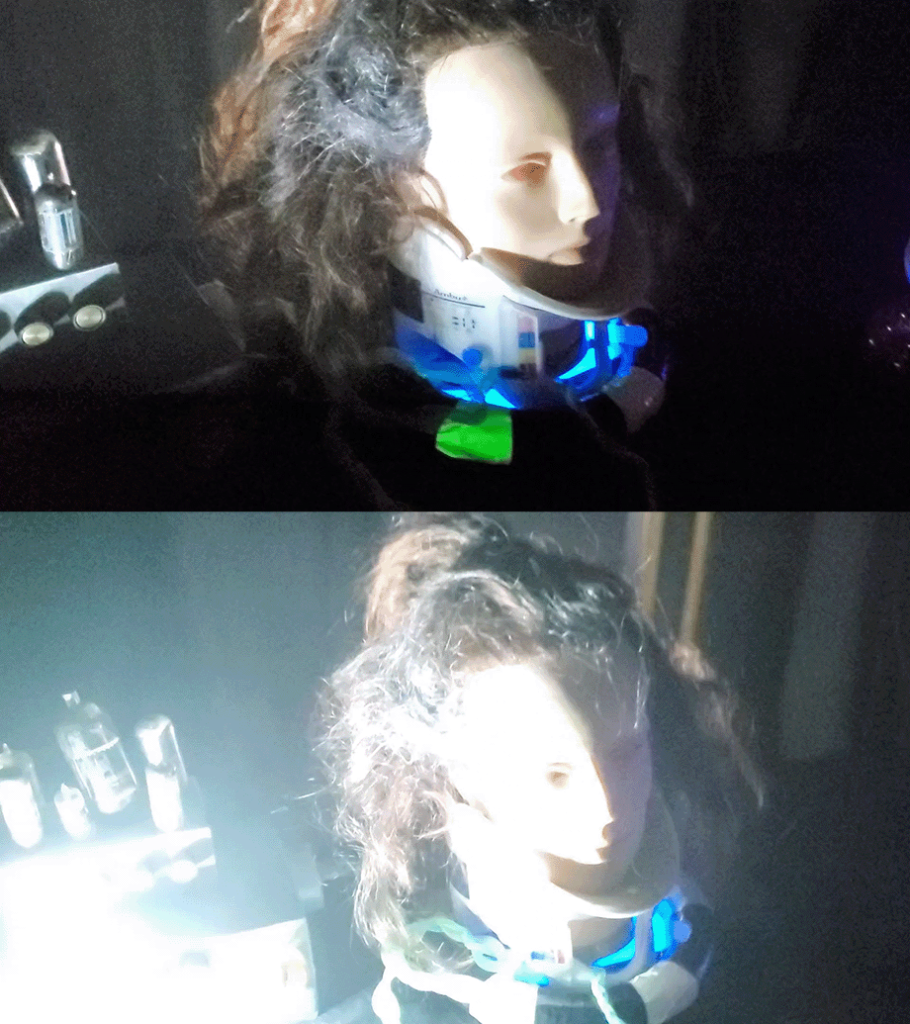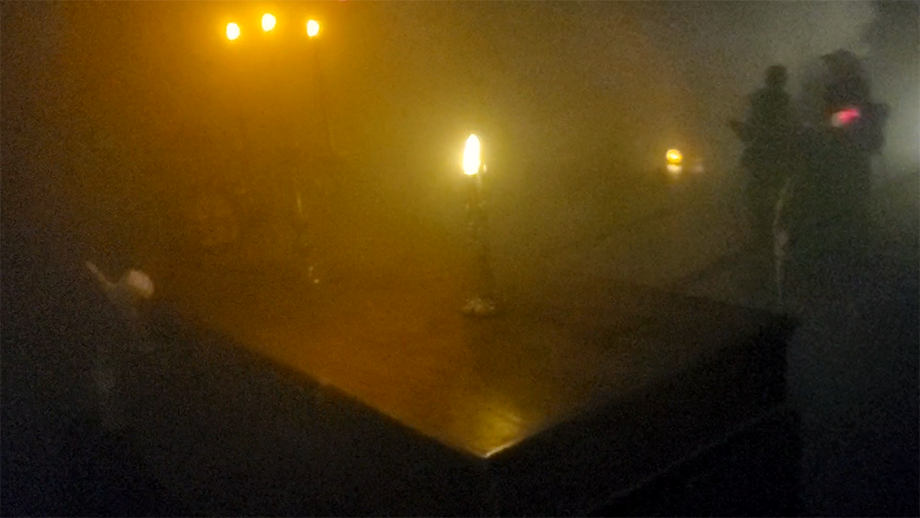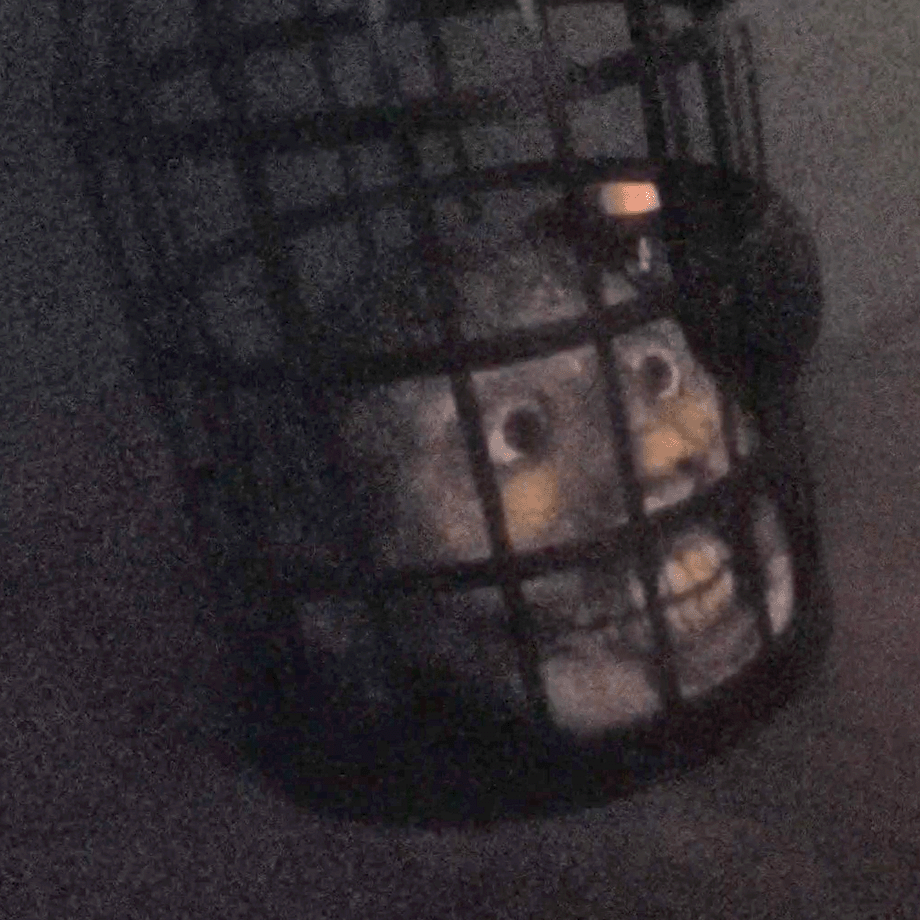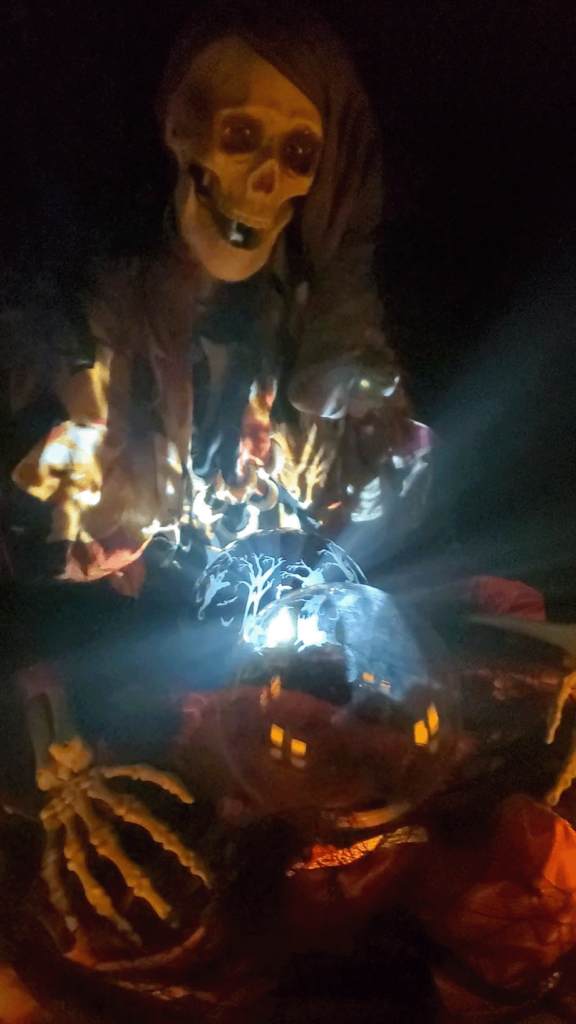Seek ye the openings at the edges.
Places where water comes from nowhere.
The doors invisible at first sight,
Only noticed in passing.
I am, at least for this week, back from my temporary sabbatical . I did not get to do most of what I took the time off to do, but I did do some of it, and in the doing found sufficient inspiration to return here, again, at least this week. And probably next. And then we’ll see.
Yesterday was my second Saturn return. As I write this on the day before that, I can’t offer any specific recollection of the passing of that milestone, save to offer what I posted the other day on threads.
It’s not a date, it’s a process.
Although I have had an interest in astrology since I was first acquainted with magic and the occult in childhood, it remained for many years outside my practical grasp. For those of you without recollection of the pre-internet era, once upon a time, the construction of natal charts, and from thence the progression toward a predictive astrology, was done without the aid of software.
One had to have at least one ephemeris. Considering that most clients would have been born in the 20th century, a good one for that century centered on midday or midnight was essential. Ephemerae for early periods were available, used for calculating the charts of various famous personages, organizations and states, whose nativity predated the current era. Sometimes this was for instructive purpose (“see here, you have your Moon in Aries squared by Mars in Leo, just like Mozart”), and sometimes you would be called upon to cast a horoscope for something like a corporate merger so you needed to create a “birth chart” for the involved corporations whose origin may have predated 1900.
I don’t recall how much mine cost, but I know I considered it expensive as a first year college student trying to get by on a meager stipend and acquiring potentially expensive habits beyond the already pricey ones of art supplies and books. There was also a need for a Table of Houses, at minimum, and a set of fairly accurate mathematical instruments. Fortunately I had some of those already left over from high school trigonometry and/or art class, and I had possession of an antiquated (even in the early 80s) slide rule. Doubtless many people reading in 2024 will assume this has something to do with measuring, but before computers and calculators became ubiquitous, the slide rule was a precision instrument for dealing with complex calculations out to many decimal points. In fact they were more accurate and capable of handling bigger numbers with greater precision that most affordable electronic scientific calculators making the rounds.
If you’re not a math nerd (guilty) things like significant digits and scientific notation will possibly leave you staring at me like a doomed deer on a lonely country road. But let me take you through the steps of calculation a planetary position for a natal chart as I had to do it in the 1980s, and you’ll get some sense of the weight of this process, and why software is a wonderful boon to the practice of astrology.
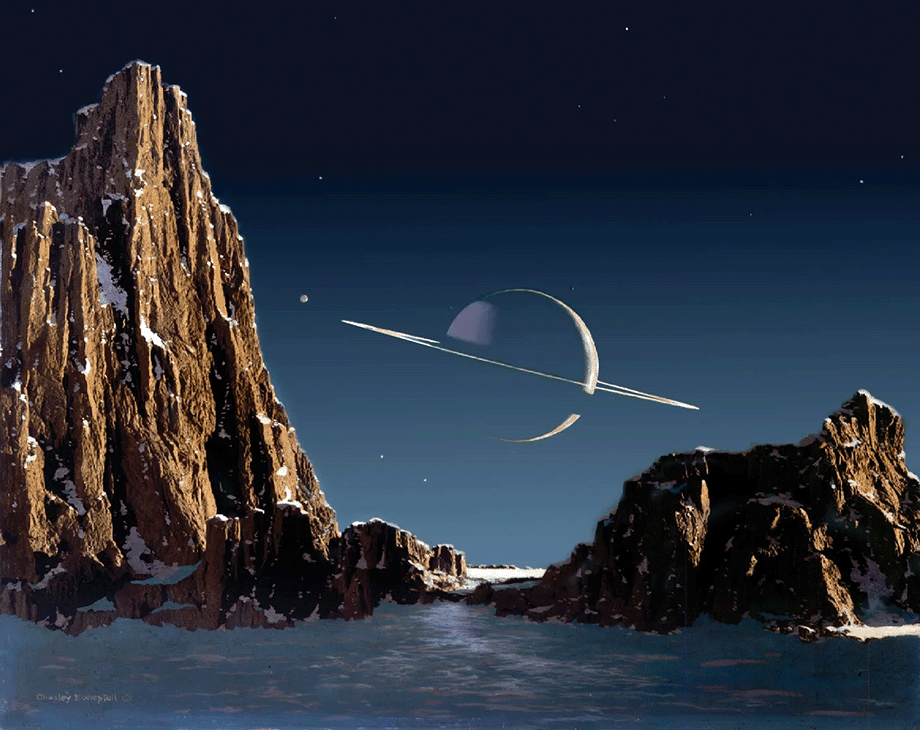
An ephemeris is a table of planetary positions taken from a fixed point in space and time. That is, depending on the ephemeris, it will tell you at what degree, minute, and second of arc a planet occupies on a given day at a given hour when viewed from a specific latitude and longitude. The one I bought was set for midnight (’cause I’m a night person) at the Naval Observatory of Greenwich, England -home of the Prime Meridian. These were compiled by the Observatory for the purposed of aiding naval navigation, because it could be used with a sextant and trigonometry to plot one’s position out of site of land in the days before GPS. The data has also been handy for astrologers, who no longer had to watch the skies directly and extrapolate this information.
We’ll start with talking about the Sun’s position, since our “Sun Sign” is generally what everyone in the 70s and 80s sort of understood about astrology. So we look up your birthday in the ephemeris and find out what degree, minute and second of arc the sun occupied at midnight in Greenwich, England.
Which, of course was not where or when you were actually born. So the first thing we need to do is figure out your birthplace.
Did I mention you need an atlas, too? A very good one with lots of detail, so that little bitty town in Eastern Kentucky where you were hatched shows up close enough to the big latitude and longitude lines to make calculating it’s true position less difficult. Because that’s what we’ll do now, using the nearest main line, and the map’s scale, correcting for the convergence of those lines as they get further from the equator.
Got it? Good.
So now we just have to figure out the difference in time between that location and Greenwich. This is generally a little easier, because we have time zones. If you live to the west of Greenwich Mean Time (or GMT) then it’s a negative number. East is a positive number. What we call Eastern Time in the United States is GMT minus five hours. Be sure to correct for Daylight Savings Time (which is different here than it is in Europe, but GMT doesn’t change for DST, so Eastern Time DST becomes minus 4 GMT). Also remember that modern ephemerae may use UTC instead of GMT, but it is nearly the same thing. That is, UTC is the same zero hour as GMT which preceded it, but is derived from precise atomic decay clocks kept by the observatory, and synchronized with other such clocks around the world as a basis for determining the local offset time zone.
Luckily, the chart I am working with is a winter chart, and in the Eastern time Zone, so I take Midnight GMT and subtract five hours. This means that I now know which degree, minute, and second of arc the sun was occupying at 7:00 PM (or 19:00 on the 24 hour clock) at the birth location. We’re making progress. Unfortunately, the subject was born at 3:30PM so we’re going to need to calculate where the sun was four and a half hours earlier.

For the record, I do have a pointy satin blue hat with stars, crescent moons, and of course, Saturn, on it in my costume closet. And one of the earliest pieces of magical clothing I made still bares the faint impression of the giant planet on the back of it, so none of this is new.
The sun transits the zodiac once every 365.2422 days. The zodiac is divided into 360 degrees of arc. Each degree is then divided into 60 minutes, and 60 seconds, just as we divide terrestrial maps in order to translate the vast distance between the degrees on land and sea into something specific. We’ve already done that with the location of birth. To get the sun’s rate of travel, we divide the 360 degrees by the 365.2422 days and get a velocity of .9856473321 degrees per day. Then we need to divide that by the 24 hours in a day to determine how far it moves in an hour, which is .0410686388 degrees of arc, or rather, 2.464118328 minutes, or 2 minutes, 2.784784709080 seconds.
This is where we get to those significant digits. With a slide rule and scientific notation actually compute those numbers out to the ends of those decimal points. And a quality astrology software program currently available on the market is doing that for you. We couldn’t do that in 1980 unless we used the slide rule. But even then, it starts coming out with numbers that are frankly, impossible to plot a chart of the size that one would prepare for a client, which might at most be the size of a standard letter size sheet of paper. I did bigger poster style charts for the few I did, because, the art was as much a part of the service as the chart, and it also made it easier to draw all the lines.
So at some point, I default to saying that the speed of the Sun through the zodiac is roughly 2 minutes and 3 seconds of arc per hour. So in four and a half hours (GMT Midnight and 7PM local) the Sun will be a little over 8 minutes and 12 seconds of arc ahead of where it really was at the time the subject was born at this location. I then take the position of the Sun and subtract 8 minutes and 12 seconds of arc, and I know where the Sun is at the moment of birth.
Now I just need to repeat this process for the Moon, Mercury, Venus, Mars, Jupiter, Saturn, Uranus, Neptune, and Pluto, and the Ascendant (position of the Eastern Horizon). Most general texts didn’t even talk about asteroids, or the Arab parts, or any of the number of other calculations to be made in a complex natal chart.
Oh, did I cover the part about sidereal versus tropical zodiac? Natal charts in the west are usual done with a tropical zodiac that has a neat division of twelve signs of 30 degrees each. It is locked to the solstices, so the Sun moves from Gemini to Cancer on the Summer Solstice and from Sagittarius into Capricorn in winter. The latitude lines where the sun is visible directly overhead on these dates are called the Tropic of Cancer and Capricorn respectively, and relate to earth’s 23-ish degree wobble on it’s access over the year. Without the wobble, we’d have no seasons.
Sidereal time, however uses the position of the sun (and subsequently the other planets) in relation to their location in the constellations taken at sunrise on a given day. The Vedic astrology practiced in Hinduism uses the sidereal system. Lucky for your, the switch is a simple option in most modern software. But if you happen to have purchased a sidereal ephemeris and you are making a tropical zodiac, you’re going to have to work out the math. The variance between the two is 23-24 degrees on average, but it’s another layer of calculation, and is a big enough number to put planets and your Ascendant in other signs.
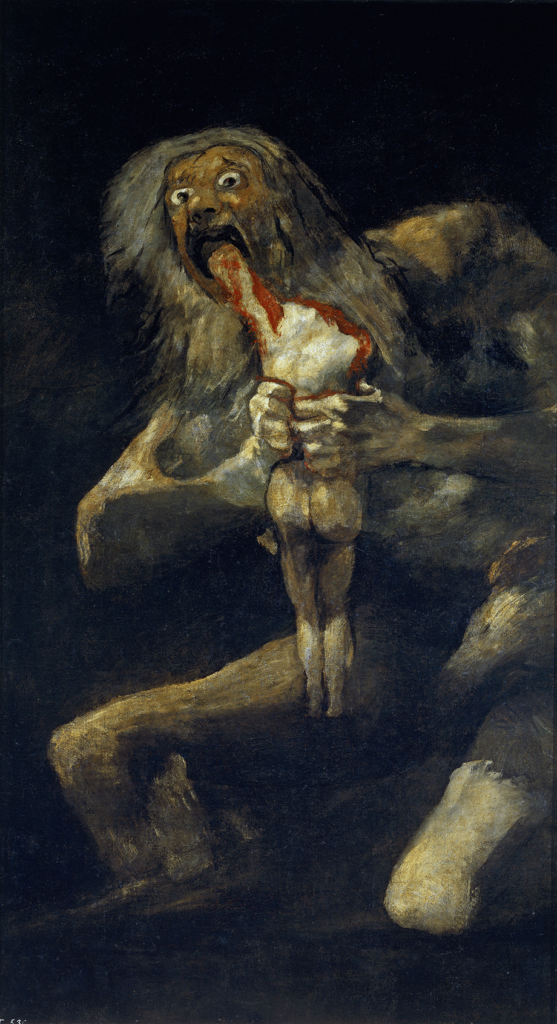
He painted this, along with a number of other mystical and magical “Black Paintings” on the interior walls of his home in the 1820s. Proclaimed a pariah by both the ruling class and the Inquisition, and on the outs with his own family, some speculate he may have been experiencing a deep depressive episode. Still, these works are unquestionably genius.
He’d have been a bit past his own second Saturn Return, which was the day before my birthday in 1804. He died some years short of his third one, but at 82 was at a respectable old age for the 18-19th century.
So now that we know where the planets and the Ascendant are, we can start to plot the chart. We start by scribing a circle on the page. We’ll then draw a horizontal line through the center.
The Ascendant is where the sunrise horizon is at the moment of birth. In the case of our test subject, that’s about one and three quarter degree into Aries. So the point where the left side of the line intersects the circle is marked as 1 degree, 44 minutes of Aries. Now we’re going to take a protractor and locate a point 1.75 degrees above that center line. A line drawn from the edge of the circle to the center now represents the start of the Sign of Aries. From that line, we measure 30 degrees counter-clockwise, mark a line, and label that the beginning, or cusp, of Taurus; 30 degrees counter-clockwise from Taurus is Gemini, the next is Cancer, and so forth, until 30 degrees from the cusp of Aquarius/Pisces is the beginning of Aries.
Now we take those hard won positions of the planets and put all of them in on the chart, since we now know where the signs begin and end. It’s time to take a well-earned break, have some lunch, and maybe even a long nap.
The next steps are both necessary but don’t necessarily have to be performed in a specific order. We need to calculate the aspects for the planets, and we need to calculate the positions of the Houses. In order to give our brains a bit of a break, I’ll go with the aspects first.
Planetary aspects are simply the distances between each planet (and sometimes calculated positions, like the Ascendant, Descendant, Mid-Heaven (abbreviated MC for Maximus Coeli, the “top of sky” or Zenith) and Immum Coeli (“bottom of sky” or Nadir), Part of Fortune, and other Arabic Parts. These aspects are in degrees of arc, and generally are on divisions of 30, or the breadth of a full sign.
Objects said to have Square Aspect are 90 degrees apart, or three full signs different, and these are considered difficult or unfortunate. At 60 degrees we have a Sextile aspect, and at 30 degrees a Trine aspect, which signal better cooperation between the planets and a positive relationship in general. Objects at 180 degrees are in Opposition, and work against each other, and objects that are within a degree or so are considered to be in Conjunction and have the most beneficial aspect. There are several minor and special ones, but this is just the basics I would go for in a hand-calculated chart.
Planetary Aspects are arrayed in a grid which has the planets across the top and down one side, where the intersecting boxes are marked with the glyph for the type of aspect. These are generally also drawn of the page with the chart, for quick reference.
Before we bring the Houses into the picture, it may be also helpful to make a note of the Elemental positions, and the Modalities.
Each sign has an elemental nature, in that it corresponds to Fire, Earth, Air, and Water, in that order, starting with Aries, and moving counter-clockwise around the chart. Thus Taurus is considered an Earth Sign, Gemini Air, and Cancer the first Water Sign. Leo is the next Fire, Virgo, the second Earth, and so forth. Four elements means that this happens three times in a 12 sign zodiac and sometimes these groups of signs are called Triplicities.
The Modalities speak to how that Element interacts with the Sign, and any planets within it. These are Cardinal, Fixed and Mutable. Cardinal signs represent the first full blush and power of the element. They frequently mark the beginnings of the seasons, but do not necessarily fall in line with the first time the element appears in the zodiac. For example, both Aries (Cardinal Fire) and Cancer (Cardinal Water) mark the beginnings of Spring and Summer. But Taurus, while being the first Earth sign, is considered Fixed, because it represents that element as it is established and in it’s fullest natural influence. Likewise Scorpio, as Fixed Water, represents a world that is firmly in Autumns grip, which began with Cardinal Libra and the Autumnal Equinox. Mutable signs are the endings of a season, when the Element in one is beginning to transition into the Element in the next, thus Mutable signs precede Cardinal ones, and Fixed signs precede Mutable. As there are four seasons this occurs four times in the zodiac.
These natures are used to describe the Signs, and so they influence how a planet’s nature will be interpreted when entering into them. In drawing a chart, it is sometimes helpful to make a notation of element and modality at the rim or down nearer the center for reference when the actual reading begins.
At this point, we can begin to overlay the Houses. The Houses reflect various parts of our personality and our life, as well as the world we live in. This is where we can look for indicators of personality, aptitude, relationships, children, career, health, longevity, and spirituality. The most basic system of Houses is that of the Equal House system, where each house, like each sign, has 30 degrees. The houses begin at the Ascendant, and move counter-clockwise around. Depending on the position of the Ascendant, this may mean that an equal house system matches, or nearly matches, with the signs, as is the case of our test subject. By having the Ascendant only a hair inside of Aries, the first house will overlap most of Aries, the second most of Taurus, etc. such that the houses, who share many traits with the underlying signs, would not greatly vary the reading of the planets and their aspects. Aries and the First House speak to the I, the Ego, the Individual.
However if the Ascendant were over in Gemini, which is concerned with communication and interaction (as is the Third House) planets here might be analyzed for their influence on how well the person speaks and presents themselves. Such a shift places Gemini’s native Third House, over in Leo, which then may be reviewed as to how our subject commands, leads, or influences. These are over-simplifications, not so much as one gets with a daily newspaper horoscope, but they serve here simply to illustrate the connection between the nature of a given sign, and the nature of a given house, and then how the houses have different origin points than these signs. Houses change as a factor of location, since the position of the Ascendant is related most directly to where the subject was born.
This further complicates matters though, because the lines of longitude converge at the poles, so the distance between them is shorter the further one moves from the equator. This brought about the first calculations of the unequal houses, to compensate. Possibly the eldest, and potentially the most common, is called the Placidian, and is calculated based on degrees of latitude. When these houses become known, you get a chart where the houses are wider on one side than the other, and thus their influences can vary. For example, one might have a fourth house that spanned two or even three signs, in which case the planets and signs there would all be taken into account in terms of expressing tendencies in home and family life. Consequently on the other side of the chart the seventh, eighth, and ninth houses might share portions of a single sign, such that the planets and the sign would govern issues of marriage, business, death, and life goals.
In extreme northern latitudes (which thankfully I have never had to create a chart for) the various forms of unequal houses can cause some to collapse entirely, and frequently astrologers simply revert to an equal house system. This, of course, leads skeptics to pronounce that if the calculations are this quixotic, then the whole thing must be an utter sham.
Again, that is not my point, I am just trying to give the texture of the experience of working with astrology prior to the advent of small personal computers, and accurate natal astrology software.
Where once creating a serviceably accurate natal chart could take days or weeks, not even considering the study and contemplation to interpret it, I can now get a reliable result inputting a few key data points into the computer, or even into my mobile device. While arguably this has made the practice of astrology much easier and more accessible to those who have a true gift for reading a chart, I would counter that that is also something to be gained from the experience of finding and placing all that information oneself.
Because this task was so onerous, I admit to have only done a very few charts, and since Tarot and numerology were much simpler and more readily available, my career as a world famous astrologer never really took off. I did follow my horoscopes and such in the mass media, and I tried to keep enough of the skillset to smell when these were gilding the lily. Somehow I never won the lottery, had a windfall inheritance, or was an overnight sensation, so I took it with a grain of salt.
A few years ago, I ran across the Planetdance software which I have mentioned in previous articles, and started digging more deeply back into the charts. Particularly my interest was in why the majority of the new friendships I was making in the witch community on social media were mostly Piscean women. One of them told me it was that Pisces in Saturn in the 12th House placement. I’m still trying to work that all out, but it started me looking into this whole Saturn Return business.
Saturn takes around 30 years to get through the zodiac back to where it started. The actual orbit of Saturn is about 29.5 years, but because of retrograde motion, your Saturn return could vary a year or more. But generally speaking it hits us first as we are exiting our 20s, looking at the “big 3-0” and wondering just what the hell we are going to do with our lives.
I’ve only learned recently (like yesterday) that there is a secondary cyclic process called the Inverse Nodal return that hits around age 27, and so consequently the approach to that first Saturn return, with all the changes it portends, appears also to be a while. I am still looking into that as it applies to the second time around, as if it runs in a 27 year cycle it should have hit right around 2019 and thus just before the upheavals of 2020. Yet when I am cycling through my software, I see this event as happening in 2011. In fact, it looks like after the initial 27 year cycle that preceded the Saturn return, it now seems to be running on 19 year intervals. That’s actually somewhat concerning and I am going to ask some folks more familiar with astrology than I am to puzzle that one out.
At any rate, the second return hits as one is approaching that Big 6-0 and wondering just what the hell we have done with our lives, and thinking, quite significantly, if we’ll manage a third pass with this enigmatic outer planet as we approach our 90s.
When I was in my twenties, that idea never occurred to me. A life span of three-score and ten seemed to be around the norm. My great-grandmother passed at age 83 when I was in my early teens. My grandfather died of cancer in his early 70s a few years after that, so the perspective of a longer game seemed highly unlikely. When he died, my own father was not yet 40. When my father passed in 2022, also of cancer, I was almost 57, and already had a different perspective of that road.
As I have delved deeper into the supposed influence of Saturn’s return, I see some the impacts of reaching my age. These are, I believe, perhaps common to my peers. Many of us are beginning to lose our parents. Some of our contemporaries are also passing away. We are experiencing a sense of the clock ticking, of an urgency to our actions, that impacts our choices. We are thinking about that last hurrah, the big swing at that thing we always wanted to take a swing at. Maybe it’s writing a novel, maybe it’s touring the world. Maybe it’s finding a quiet corner of the world and letting go of the day to day frustrations and simply being able to breath deeply and listen to the birds sing.
Whether we as humans are doing this because the milestone of age 60 is driving it, and that has become associated with Saturn, or whether Saturn’s influence causes us to start thinking this way is really irrelevant. We have made this journey together, Saturn and I, and for now, I plan to keep on traveling.
We’ll see what I come up with next week. I may also move the day this article gets regularly posted so I can spend time getting it done without it impacting my other recent art projects, which are the reason I got into this thing in the first place. Also, I plan on making them shorter articles, which I am sure will please my readers immensely, so that they have the time to do their other projects.



